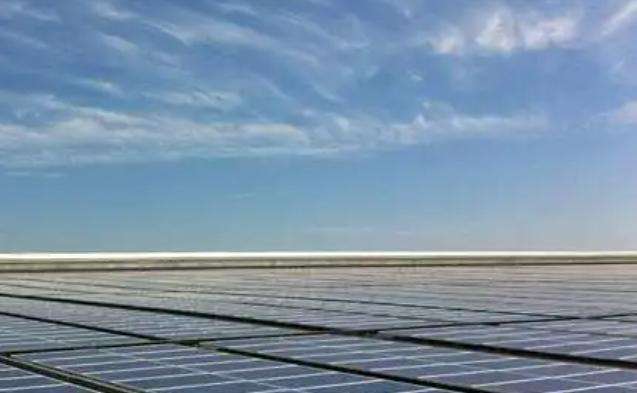Use fuel to generate heat and heat water to form superheated steam at high temperature and high pressure. Then the steam enters the steam turbine along the pipe and continuously expands to do work. It impacts the turbine rotor and turns. at high speed, causing the generator rotor (electromagnetic field) to rotate, and the stator coil cuts the magnetic lines of force, electric power is generated, and then the step-up transformer is used to increase the voltage to the system voltage . which is then connected to the network and transmitted outside. Finally, the cooled steam is further boosted by the feed water pump and returned to the boiler to repeat the above cycle process.
Thermal power generation is a method of producing electricity that uses thermal energy generated when combustible materials are burneds and converts it into electrical energy via an electricity production device. China is rich in coal resources. In 1990, it produced 1.09 billion tonnes of coal, of which only 12% was used for electricity generation. Thermal energy production still has enormous potential.
Detailed information:
The production of electricity from thermal power plants brings many other products and produces numerous environmental impacts. According to the principle of the Carnot cycle, there always remains a part of the waste heat which must be discharged into the atmosphere via cooling towers or cooled by bodies of water such as natural rivers. Flue gases after burning fossil fuels will be emitted into the atmosphere. Its main components are carbon dioxide, water vapor and other components such as nitrogen, oxidesnitrogen, sulfur oxides, etc. If it's a coal-fired power plant, there will be some as well. be pulverized coal, mercury, etc. The residue after coal combustion also needs to be removed from the boiler, and part can be recycled to make construction materials.
Thermal power generation from Baidu Encyclopedia














